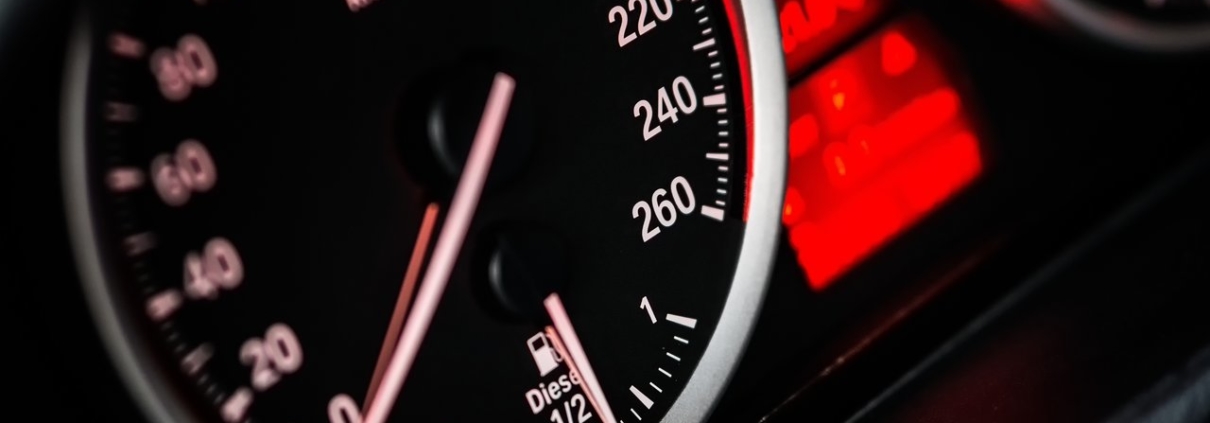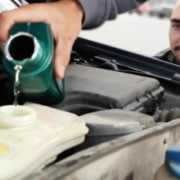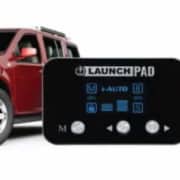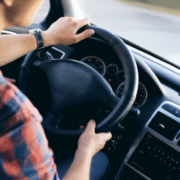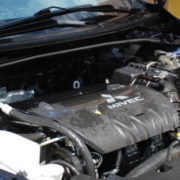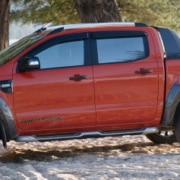Best Ways To Improve Fuel Economy
If your main focus while driving is how fast that fuel gauge is moving, these ideas will be a perfect fit for you. You may be familiar with some of these but the cocktail of practicing all of them together will give you real results. They can be used for any type of car you are driving, be it a 4WD truck or a corvette.
Drive Sensibly to Improve Fuel Economy
In today’s fast-paced world, it is easy to get into the habit of forceful driving. This includes behaviors like; speeding, extreme acceleration, and last-second braking, which all contribute to wasted fuel.
The best practice is to drive sensibly. Imagine you’re taking your grandma to church. That’s how you should be driving all the time to save the most fuel.

Follow the Speed Limit
I’m sure it seems obvious, and maybe you already do this but, DON’T SPEED! But if you do, remember that your vehicle is pushing more wind and therefore burns more fuel as speed increases. At over 50 mph, the aerodynamic drag goes up, and as basic material science tells us, wind resistance keeps increasing exponentially with speed. The EPA estimated that each 5 mph over 50 mph costs the vehicle owner an extra $0.20 per gallon of gas.
Only Drive with a Roof Rack When it’s in Use
Roof racks are great for stowing away your larger items that won’t fit inside your vehicle when you’re making a trip. But, a mistake that many people make is leaving the roof rack on even when it’s not being used. This is because it skews the aerodynamic profile of your vehicle. The EPA figured that a large squared-off rooftop box can cut mileage by 2-8% at lower speeds and 6-17% at higher speeds. While they do make aerodynamic cargo boxes and back-mounted racks that sit on a tow hitch, these can still lower mileage by 1-2% at lower speeds and 1-5% at higher speeds.
Get Rid of the Dead Weight
That suitcase that’s been sitting in your back seat since your vacation or the cooler that you never took out of your trunk are weighing down your vehicle. Your back seat and truck should not become alternative storage areas. Of course, there are some heavy things that are inevitably going to be stored in our vehicles, such as kitty litter in the winter or a spare tire. But, you should try to keep these heavy items to a minimum and remove them when you can. The smaller your vehicle, the less weight it can handle.
Don’t Leave Your Car Running
There is an old myth that “it takes more fuel to start your car than it does to leave it running for a couple of minutes”. This is false. The EPA estimates it takes 10 seconds of fuel to restart your engine. The best thing you can do is to never leave your car idling if you can help it. This means turning your engine off during those long stoplights on your morning commute or in the drive-thru when you’re waiting for your food.
Take Advantage of Your Cruise Control
This one should need little clarification. Cruise control keeps the vehicle’s speed more easily than you can. Obviously, cruise control is great for long interstate trips but consider using it when there is a long stretch of empty road in front of you as well.
 Make Sure Your Tires Are Inflated Correctly
Make Sure Your Tires Are Inflated Correctly
Buy a tire pressure gauge and check your tire pressure regularly. Temperature changes throughout the year can cause fluctuation in tire pressure since cold air is denser and less extended than hot air. Each tire has a unique manufacturer suggested weight, make sure you’re filling them to that weight for the best performance.
Make sure you install the easy plug-in and drive Launch Pad – electronic throttle control – for an entirely new driving experience!

